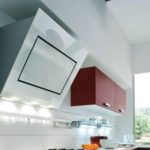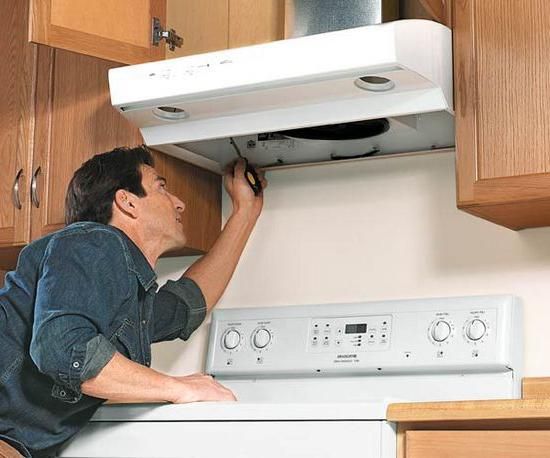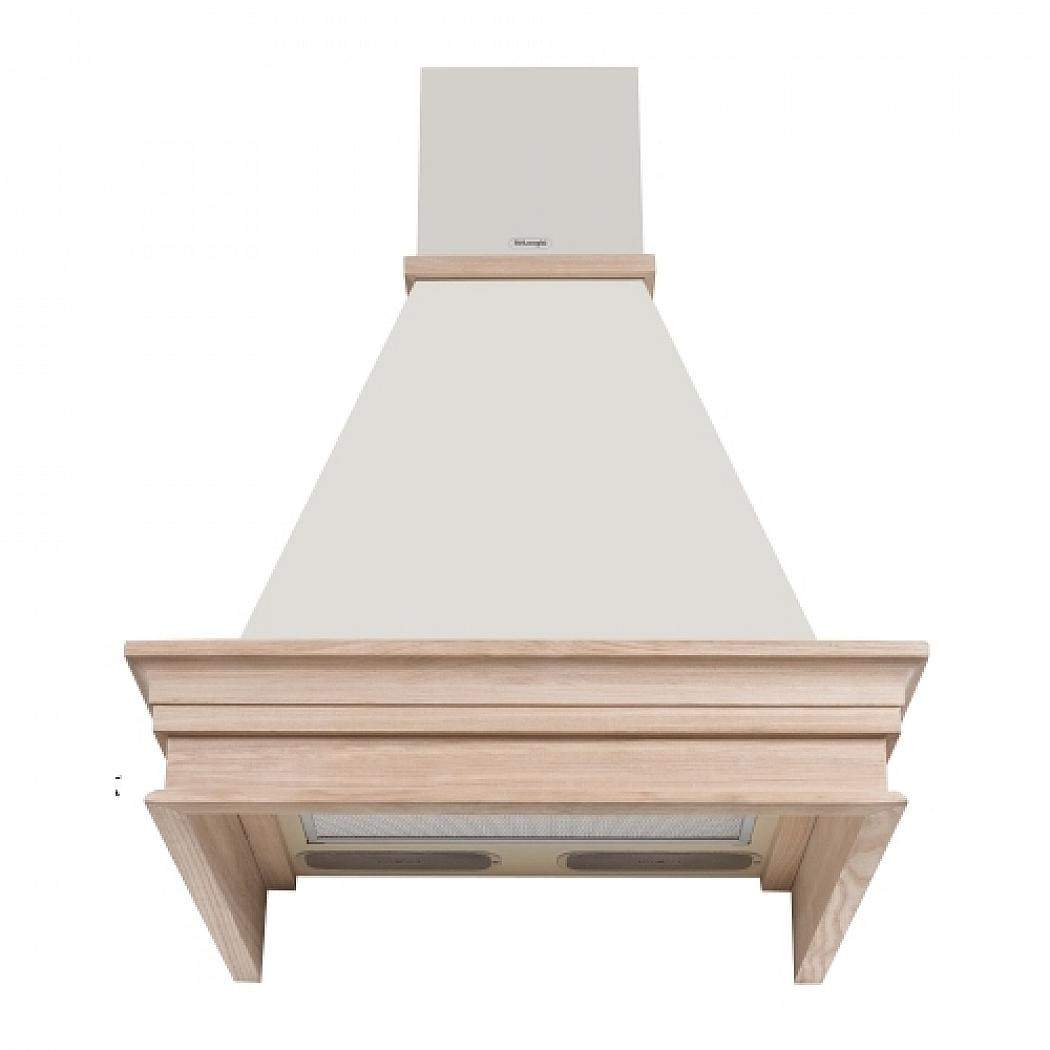Inclined hood: pros and cons
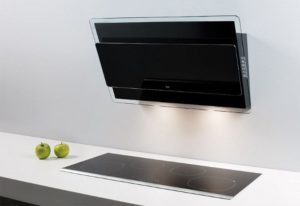 Modern housewives, especially avid cooks, can no longer imagine their lives without a kitchen hood. After all, on the one hand, during the cooking process, odors and fat particles in the air settle on walls, ceilings, furniture and other surfaces, and on the other hand, carcinogens and combustion products released into the air can be harmful to health, especially if you stand at the stove all day.
Modern housewives, especially avid cooks, can no longer imagine their lives without a kitchen hood. After all, on the one hand, during the cooking process, odors and fat particles in the air settle on walls, ceilings, furniture and other surfaces, and on the other hand, carcinogens and combustion products released into the air can be harmful to health, especially if you stand at the stove all day.
You should not neglect this type of equipment, because modern models of hoods can be installed even in the smallest kitchens. In household appliance stores you can find domed, inclined, corner, built-in, country models and others.
The content of the article
Characteristics of inclined hood
Inclined models are one of the most popular today. They differ from the rest in their modern and stylish design. These appliances will not only not spoil the appearance of the kitchen, but will also give it a modern design. Manufacturers have pleased us with a large assortment of colors and sizes, so this hood can easily be matched to any interior of the kitchen area. The most popular models are those made of black glass.
Their main competitor is considered to be dome hoods. They are a device in the form of a trapezoid or hemisphere. They require a little more space.
REFERENCE! Based on the principle of air purification, dome and inclined hoods are divided into exhaust and recirculation hoods.
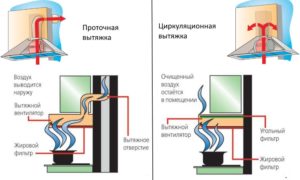 Exhaust outlets divert contaminated air into the vent. When using equipment with this operating principle, a prerequisite is the presence of this hole, which may be located far from the device. In this case, you have to lay an air duct, which does not always fit into the interior of the room.
Exhaust outlets divert contaminated air into the vent. When using equipment with this operating principle, a prerequisite is the presence of this hole, which may be located far from the device. In this case, you have to lay an air duct, which does not always fit into the interior of the room.
Recirculation units clean the air of contaminants using built-in filters. The air does not go anywhere, but passes through the filtration system and comes out already purified. When using this cleaning method, timely replacement of filters should not be neglected.
There are also 2 in 1 options that combine both cleaning principles; switching between the two modes occurs using a key. It is advisable to purchase equipment with this cleaning principle only if there is ventilation in the kitchen area.
Both inclined and dome hoods have great performance. Productivity shows how much air the device can clean in an hour of operation. For large rooms, it is better to use a dome exhaust hood, since such models practically do not use carbon filters, which reduce the air flow rate. Inclined models have great productivity not only due to additional motors, but also due to the inclined arrangement, which allows you to capture air flows rising from the hob during its natural movement.
ATTENTION! The main difference between an inclined hood and a dome hood is the installation method.The inclined one can be installed almost anywhere, the only thing that needs to be observed is its fastening to the wall. It will not be possible to install such a model on a kitchen island. Dome models are available in various configurations, including island ones.
Inclined hoods: pros and cons
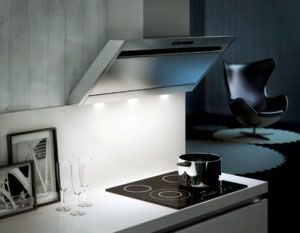 There are many advantages of using inclined hoods, the main ones are:
There are many advantages of using inclined hoods, the main ones are:
- small size and ergonomics allow easy access to the hob;
- ease and simplicity of installation;
- touch control;
- automatic power control;
- automatic switching on and off;
- low noise level;
- high performance;
- stylish design.
The disadvantages include the lack of island-type options and higher cost compared to other models.

